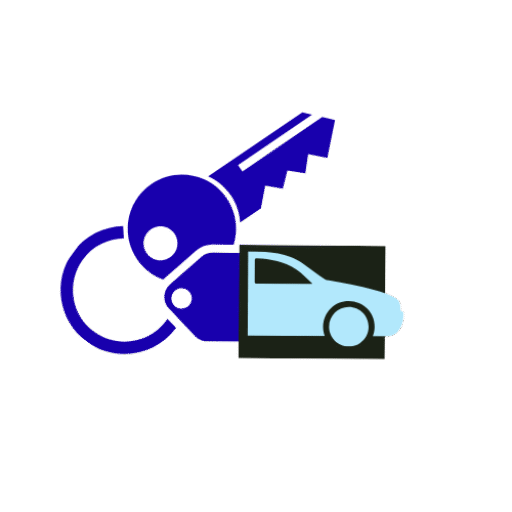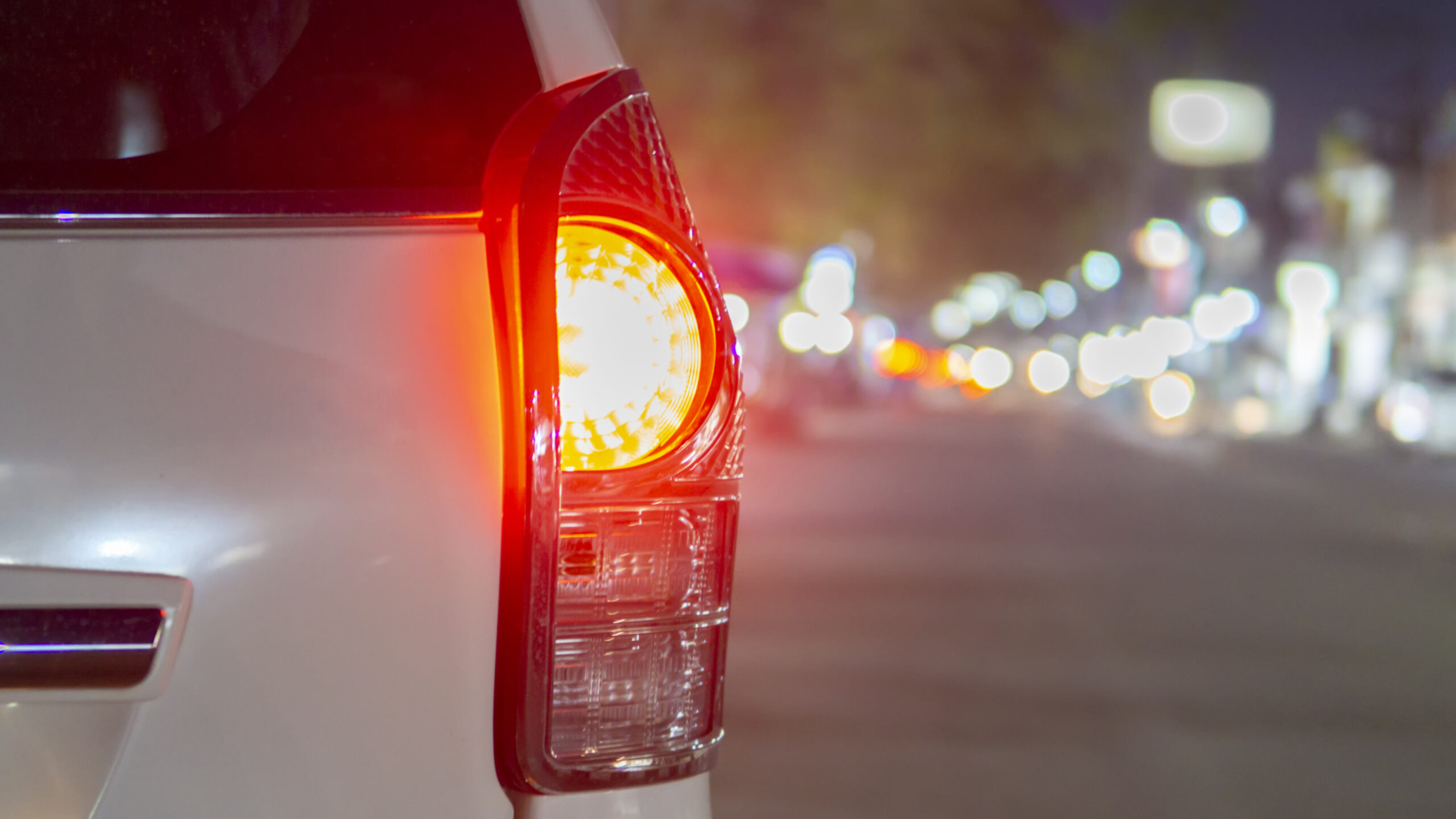Keep Your Vehicle Visible: A Complete Guide to Inspecting Car Lights
Your car’s lights do more than illuminate the road—they ensure you’re seen, communicate your intentions, and help prevent accidents. From headlights to brake lights, each bulb plays a critical role in maintaining safety. Ignoring faulty lights can compromise visibility, lead to costly fines, and create dangerous situations for you and other drivers.
This guide will show you how to inspect and maintain your vehicle’s lighting system effectively, keeping your car safe and road-ready.
Before You Start: Essential Tools
To make your inspection smooth and efficient, gather these items:
- A helper (to check brake lights and turn signals)
- A clean cloth (to remove dirt or residue from lenses)
- Spare bulbs (for replacements if needed)
- A flashlight (to inspect hard-to-see areas)
1. Headlights: Lighting the Way
Headlights are crucial for driving in darkness and low-visibility conditions. To check them:
- Turn on your headlights and test both low and high beams.
- Watch for dimming, flickering, or uneven brightness, which may indicate a worn-out bulb.
- Clean the lenses to remove dirt or haze that can reduce light output.
2. Taillights: Ensuring Rear Visibility
Taillights help other drivers see your vehicle from behind. To inspect them:
- Turn on your headlights to activate the taillights.
- Confirm that both sides illuminate evenly.
- Check for cracked or damaged covers, which can allow moisture in and cause electrical issues.
3. Brake Lights: Signaling Your Stops
Brake lights alert others when you’re slowing or stopping. To test them:
- Have a helper press the brake pedal while you observe the lights.
- Inspect all brake lights, including the center-mounted third brake light.
- Replace bulbs that are slow to respond, dim, or not functioning.
4. Turn Signals: Communicating Your Moves
Turn signals inform others of your intended direction. To ensure they work:
- Activate each turn signal individually, front and rear.
- Walk around the car to confirm all indicators flash correctly.
- Listen for abnormal rapid clicking, which often signals a burned-out bulb.
5. Reverse Lights: Illuminating Your Backward Path
Reverse lights enhance visibility when backing up and alert nearby pedestrians and drivers. To check them:
- Shift the vehicle into reverse with the parking brake engaged.
- Ensure both lights are operational, replacing any faulty bulbs promptly.
6. Fog Lights: Cutting Through Poor Visibility
Fog lights improve safety in foggy, rainy, or snowy conditions. To inspect them:
- Activate front and rear fog lights, if equipped.
- Verify that all fog lights illuminate properly, addressing any issues immediately.
7. Replacing Burned-Out Bulbs
If you identify a faulty bulb, follow these steps:
- Consult your owner’s manual for the correct bulb type and access instructions.
- Turn off the engine and lights before starting the replacement.
- Remove the old bulb carefully and install the new one securely.
- Test the new bulb to ensure proper operation.
8. Maintaining Your Lights
Regular maintenance helps extend bulb life and maintain visibility:
- Clean lenses frequently to remove dust, grime, and residue.
- Inspect for cracks, moisture, or damage that could reduce performance.
- Conduct routine monthly checks to catch issues before they become safety hazards.
Final Thoughts: Safety Starts with Visibility
Your vehicle’s lights may seem small, but they are essential for road safety. Routine inspections and maintenance prevent accidents, avoid fines, and ensure your car is always ready for the road. Investing a few minutes each month in checking and caring for your lights can make a significant difference in your driving safety.
Stay visible, stay safe, and keep your lights shining bright every time you drive.

